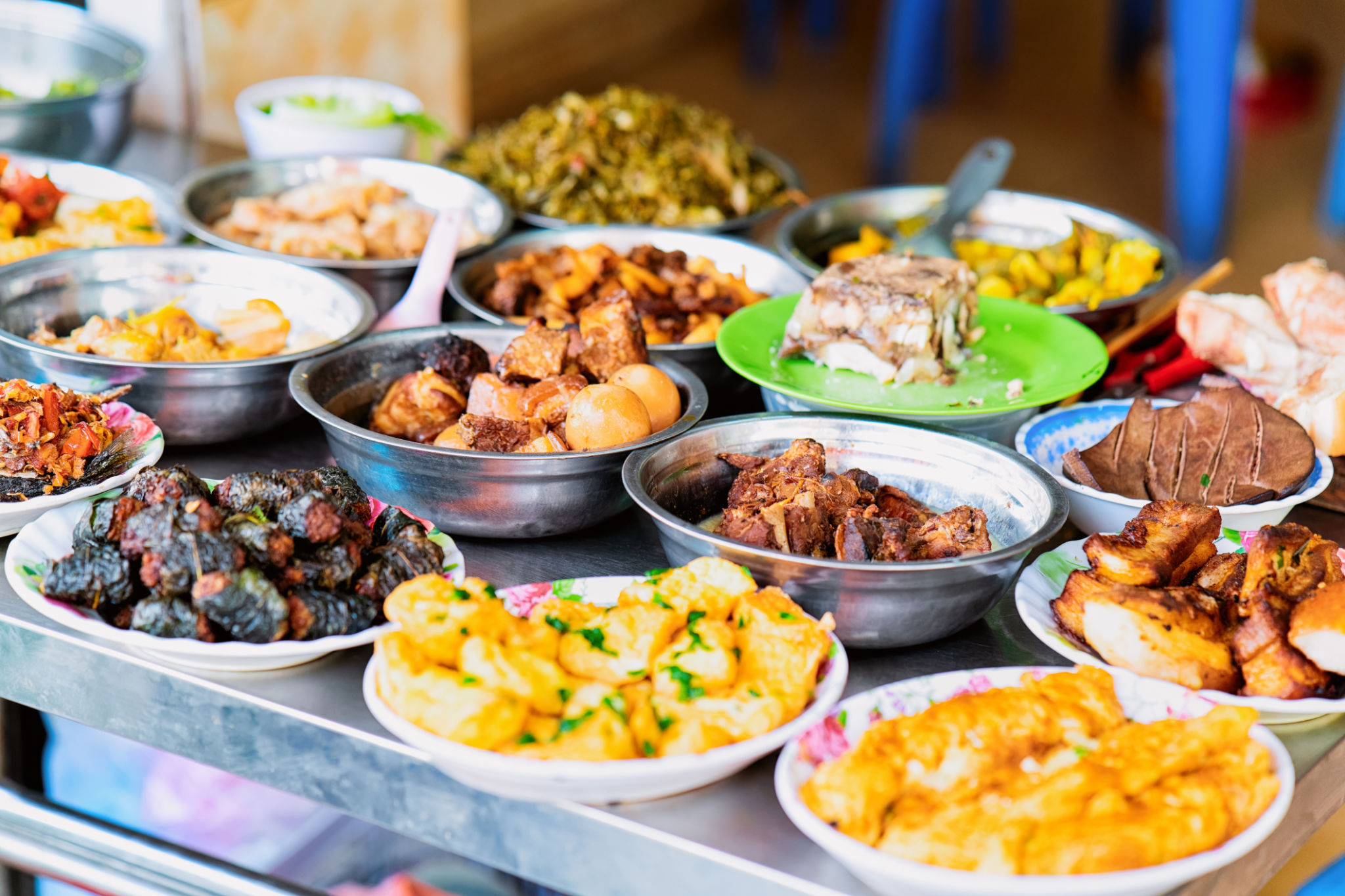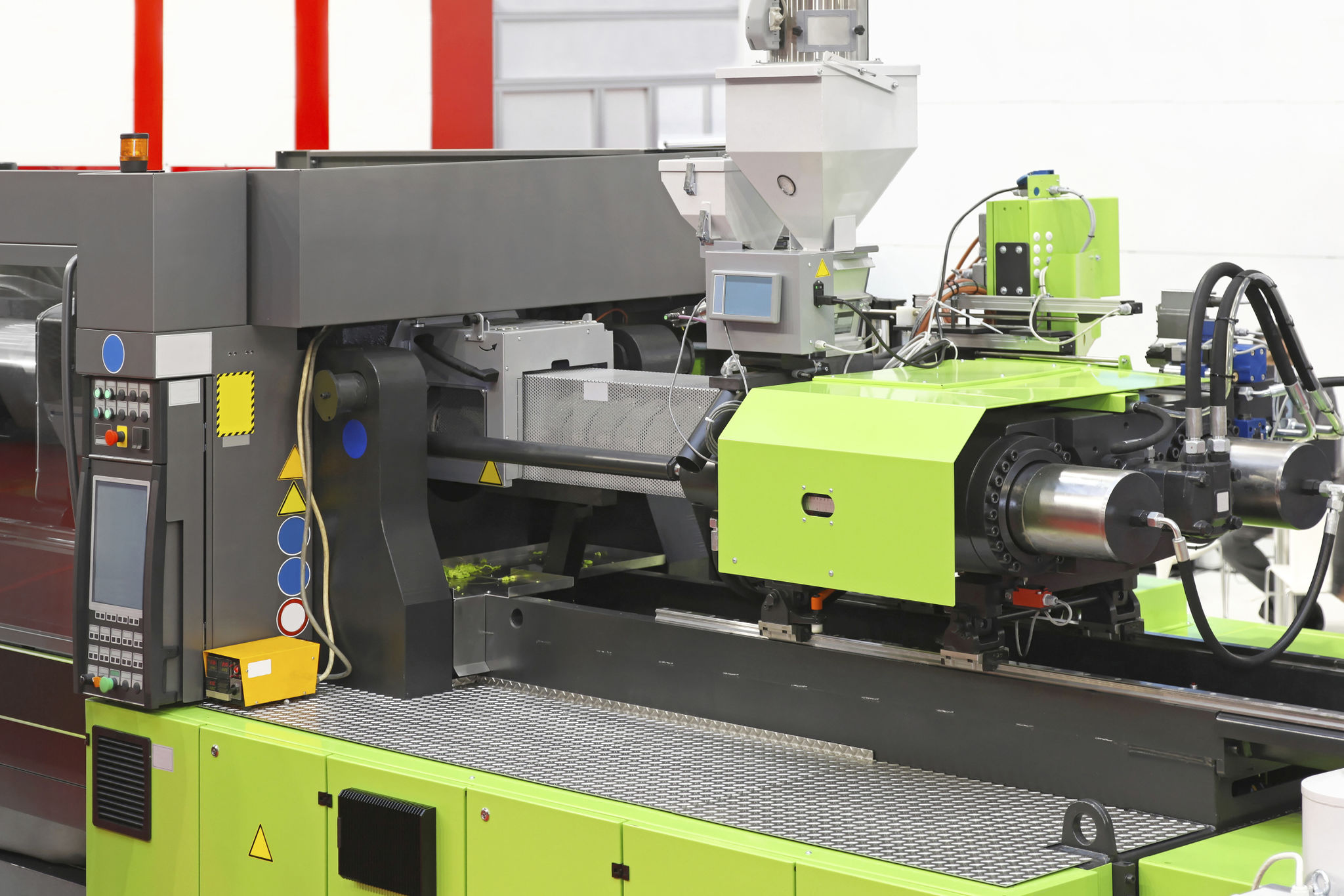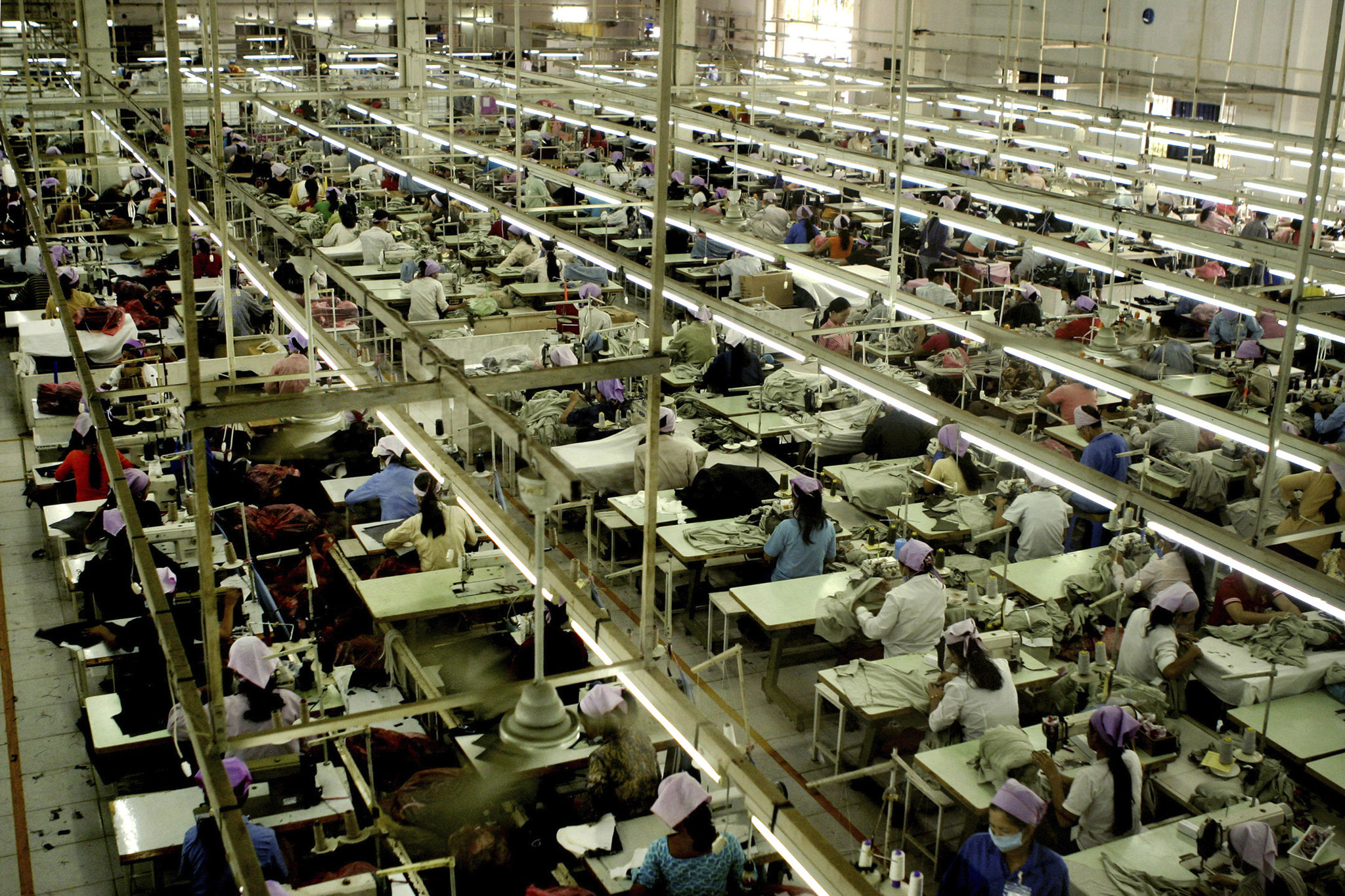How Ho Chi Minh City's Climate Impacts Garment Machinery Maintenance
Understanding Ho Chi Minh City's Climate
Ho Chi Minh City, known for its vibrant energy and bustling streets, also boasts a tropical climate characterized by two distinct seasons: the wet and dry seasons. The city's climate can have a significant impact on various industries, including the garment sector, which relies heavily on machinery. Understanding how the local climate affects garment machinery maintenance is crucial for businesses operating in this area.
The wet season, which lasts from May to November, brings heavy rainfall and high humidity levels. These conditions can pose challenges for machinery maintenance, as moisture can lead to rust and corrosion. On the other hand, the dry season, lasting from December to April, offers a respite from the rain but presents its own set of challenges with rising temperatures.

Impact of Humidity on Machinery
Humidity is one of the biggest concerns when it comes to maintaining garment machinery in Ho Chi Minh City. The high humidity levels during the rainy season can cause moisture to accumulate on machine surfaces. This can lead to rusting of metal parts, which in turn affects the machinery's performance and lifespan.
To combat this, businesses must implement strict maintenance protocols. Regular inspections and the application of anti-rust coatings are essential to prevent damage. Additionally, ensuring proper ventilation within production facilities can help reduce moisture build-up and protect the machinery.

Temperature Fluctuations and Their Effects
In addition to humidity, temperature fluctuations also play a critical role in machinery maintenance. The heat during the dry season can cause certain components to expand and contract, leading to wear and tear over time. This makes it vital for operators to regularly check and adjust machine settings to account for these changes.
Using lubricants that can withstand high temperatures is another strategy to ensure smooth operation. Proper lubrication not only reduces friction but also minimizes the risk of overheating, which can significantly damage machinery if left unchecked.
Preventive Maintenance Strategies
Implementing a robust preventive maintenance strategy is key to minimizing climate-related damage. Regular maintenance schedules should include:
- Frequent cleaning and inspection of machinery components
- Application of protective coatings against rust and corrosion
- Calibration of machines to account for temperature changes
By adhering to these strategies, businesses can prolong the lifespan of their machinery and ensure consistent production quality.

The Role of Technology in Maintenance
Advancements in technology have introduced innovative solutions for machinery maintenance. The use of IoT sensors allows real-time monitoring of machine performance, enabling operators to detect potential issues before they escalate. Predictive maintenance software can also provide insights into when specific parts might fail due to climate-related factors.
By integrating these technologies into their operations, garment factories in Ho Chi Minh City can enhance their maintenance processes, reducing downtime and maximizing efficiency.
Conclusion
Ho Chi Minh City's climate presents unique challenges for garment machinery maintenance, yet with the right strategies and technologies, businesses can effectively manage these impacts. By understanding the effects of humidity and temperature on machinery and implementing preventive measures, factories can maintain optimal performance throughout the year.
In the ever-evolving landscape of garment manufacturing, staying ahead of climate-related challenges is essential for success. As such, companies must remain vigilant and proactive in their approach to machinery maintenance to thrive in this dynamic industry.
